Arctotis is an unusual representative of South African Flora, which conquered hearts of gardeners for more than a century ago. His unusual complex flowers are painted in the brightest shades and give the mood throughout its flowering. But in order for Arkototis bloomed, he will need a lot of sunlight and painstaking care. You will learn from this article on how to care for the plant.
Arctotis flower, species signs
Arctotis is a herbaceous plant or a semi-staple, which belongs to the Astera family. The official name Arctotis comes from the Greek Arktos, which means "Bear" and OTOS - "Ear". For this reason, the National name "Bear Ear" was entrenched for Arctotis.
- Among the varieties of Arctotis are found both annual and perennial culture. Their generic feature is a gentle silver raid on foliage and shoots.
- The leaves from Arkototis are located oppositely, in some varieties - alternately.
- Inflorescences are shaped basket. In hybrid forms, flowers are large up to 10 cm in the diameter. Coloring flowers bright, multicolored. Externally, the flowers resemble herbeer, but with the arrival of the night they are closed, and their petals have an outcropped form, their canvas is a wavy-toothy.
- The fruit of Arctotis is a small seed. It ripens small seeds. In 1 g there are up to 500 seeds who have a good germination for two years.
- Natural growth environment is the entire Carpathian region, as well as South Africa and Asia.
Common types and hybrid varieties of Arctotis
In gardening often grown the following types of Arctotis:
- Strachsoliste or big arctotis - Perennial, who is very popular in gardening culture and is mainly grown as a ledge. Its stalks grow up to 1 meter in height; Big and slightly pubescent leaves are collected in a socket. Single inflorescences are blown up on long flower shoots. The color of the petals in the natural type of arctotis is complex - creamy-white in combination with yellow; A small core contrast - dark purple with gray overflow. There is a sthaccalistic arctotis and hybrid views with a bright color of flowers and long blossom.
- Arctotis magnificent - The type of medium size with attractive flowers of orange or saturated yellow color. Arctotis grows in large curtains, but a bit of inconvenience delivers his property of the stems to break up. Based on the type, most hybrid varieties are derived.
- Arctotis ignorant - Miniature and very elegant variety. This arctotis has a magnificent solid rosette of a gentle green-blue color. The height of flower shoots is not higher than 20 cm, and delicate solid inflorescences are painted in bright red and orange tones. Arctotis Tubular Flowers, they have dark bordeed sedocks that smoothly go into deep black. The view is very unpretentious and just great for growing in pots.
- Arctotis Shortostebelle - a dwarf type of 12-15 cm high. The stalks in the plant are practically absent, so it resembles a compact bush with a graceful roar rosette. The sophisticated flowers of this arctotis of a saturated yellow shade with a barely noticeable orange strip at the base, the core is almost black.
- Arctotis grouse - The dealer representative of the genus, which in nature reaches 1 meter in height, but in culture rarely exceeds 50 cm. Inflotics have small, gentle white or pale yellow with contrasting strokes at the base. Flower middle - brown. The species has a very vulnerable root system, so it is extremely difficult to root after the transplant.
- Arctotis hybrid - It can boast a variety of varieties. His flowers draw attention to many shades - from milk to dark bronze. So, at the variety of Harlequin Mixed the color of the petals of the fire-red, and at the Variety Wine - saturated pink. Plants stems can be of different heights, which varies greatly from 25 to 110 cm. Also there are semi-world hybrids.
On a note! Taking into account the variety of colors of Artothis, the Mix of Arctotis Harlequin mixed among gardeners is being sold on sale.
Arctotis, Cultivation of Seeds
Arctotic seeds can be found without difficulty in every flower shop. And if Arctotis is already growing on your garden plot, you can collect seeds personally. They completely ripen 2-3 weeks after the completion of flowering. Given that the seeds of a very small size, it is important not to miss the moment of maturation, otherwise they will be lost.
This thermal-loving flower is grown mainly by seedling. In the regions where mild steady climate is dominated, small seeds are sown directly on the flower. This is done in May. In a shallow nest deepened 3-5 seeds. When seedlings appear, they are seated.
In more severe climatic zones, seed seeds are seeded in containers filled with peat-sandy soil. Suitable time for sowing March-April.
To ensure high germination of seeds, the soil must be disinfected by a solution of manganese. Then the seeds carefully scatter on the surface of the soil and cover the glass container. So that the seeds are already on the 14th day, they are kept indoors with a temperature of 11-14⁰s.
When shoots will crush, the greenhouse is cleaned. Watering seedlings are carried out only through the pallet, since even spraying can damage their fragile shoots.
After the formation of full-fledged leaves, seedlings pick into individual pots of 3 pieces. It is important to test the dive very gently by transshipment. Their roots are fragile and any damage leads to the death of seedlings. When the pig is growing up to 10-12 cm, the september is carried out to provoke good adhesive.
Advice! It is better to search for arctotis in peat pills. This will eliminate the risk of damage to the root system.
Arctotis, landing in open ground
In May, Arctotis seedlings are planted on a flowerbed, withsting the distance of 30-45 cm between young plants. An important condition for good rooting and further growth of Arctotis is a sunny place in the garden. Therefore, the place must be selected open, light, without high buildings and trees.
To the composition of the soil "Bear Ear" is not very demanding, but the rotten soil is not exactly suitable for him. A good choice will be the soil with a sufficient amount of sand.
In addition, the land should pass the air and keep a lot of moisture. Therefore, the drainage is needed.
Caring for Arctotis in the Garden
The Arctotis plant costs simple care, like most of these crops. He needed a dosage watering, loose soil and fertilizer.
Watering Arctotis
Watering "bearish ear" is needed modest. The convergence cannot be allegedly impossible, otherwise the flower will die quickly. In terms of Arctotis, it is safer to admit a short-term drying of soil than abundant moisture stagnation.
In the natural environment, Arctotis grows on rocky soil. His roots are long and rod, which allows him to get moisture by absorbing the night dew, which penetrates into the ground. Such a feature allows the plant even during the drought period to remain fresh. Therefore, it is important to constantly loose the soil after irrigation, and at the same time release it from unwanted weeds.
Fertilizer Arctotis
In the culture of Arctotes grown as an annual culture, so the application of fertilizers is required only before the budget of the bootonization. You can use any mineral fertilizer for blooming crops. It is important to know that for Arctotis is very dangerous organic agent, able to destroy the gentle root system.
Advice! To extend the incredible flowering of Arctotis, you should remove dried inflorescences. And in tall forms, the blooms should be strengthened with a suitable support.
Reproduction of Arctotis
In the culture, the reproduction of Arctotis occurs only in the seed method, since to protect the plant in the winter period is very hard. It, of course, you can try to transplant into a pot and remove into the covered room, but the chances that Arctotis will survive the transplant, negligible.
After 2-3 weeks after flowering, a fluffy joke appears in the central flower. It comes out of the ripe seed and indicates the ripeness of the seed.
Collection of singe material should be carried out in dry weather. Then the seeds need a little dry and keep in hermetic container before the arrival of spring.
Arcticism, diseases and pests
From the pests "Bear Ear" can strike a wave, gallic nematodes and meadow bug. Any insecticide helps to completely destroy insects. You can also process the struck by the bush with infusion of the onion husk or mustard solution (50 g per 50 liters).
The rhizome of Arctotis is easily affected by putrid bacteria. To protect the plant, you need the right watering and frequent loosening of the soil near the roots.
Arctotis in Landscape Design
Arctotis is an excellent herbaceous plant for open soil. Many varieties of Arctotis are planted on stony areas, slides, in complex landings and bright mix bears. The arctotis with low-spirited blooming plants with decorative foliage are perfectly combined: verbena, nasturtium, petunias, velvets.
"Bear ear" is successfully grown on a cut. In bouquets, this flower looks great with most other blooming crops. His variety of paintings, as well as his exceptional versatility made Arctotis pet flower and florists.
Romantic Arctotis is impeccable in the "flower collective" on your site. He is ideal in his blossom, hardy and will not require you a lot of attention. Provide him a lot of sunlight, the right watering - and it will surely please you with a colorful bouquet.

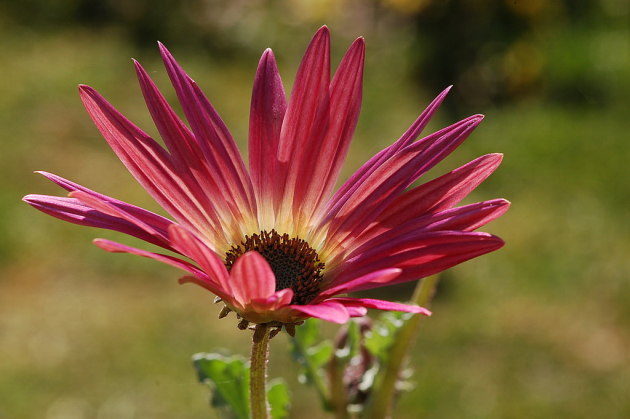
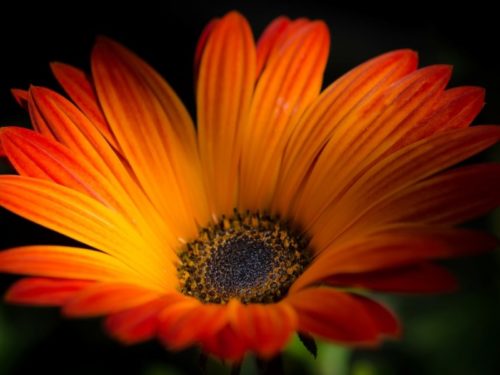
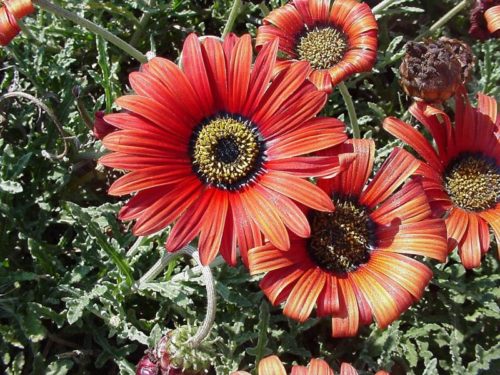
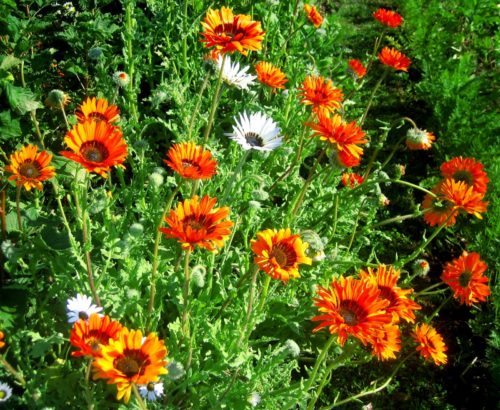


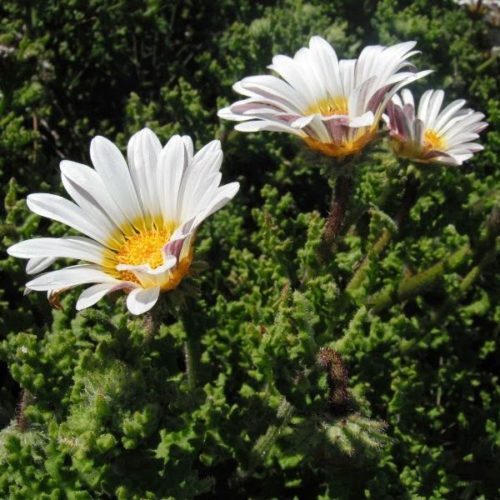
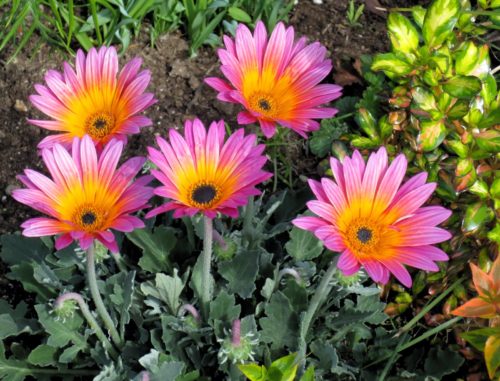

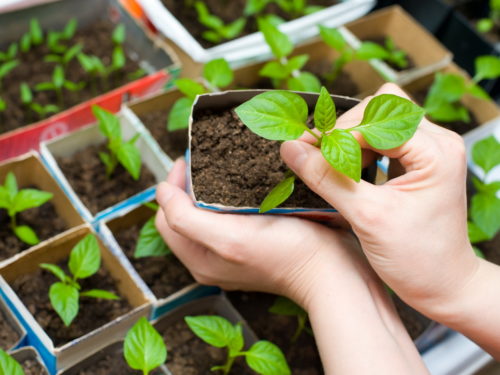
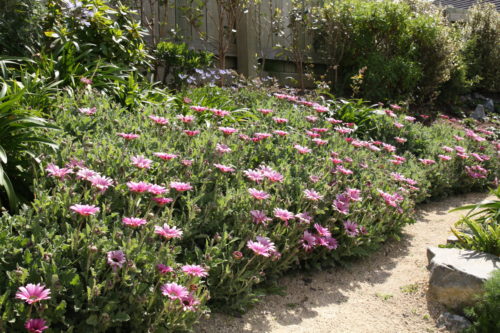
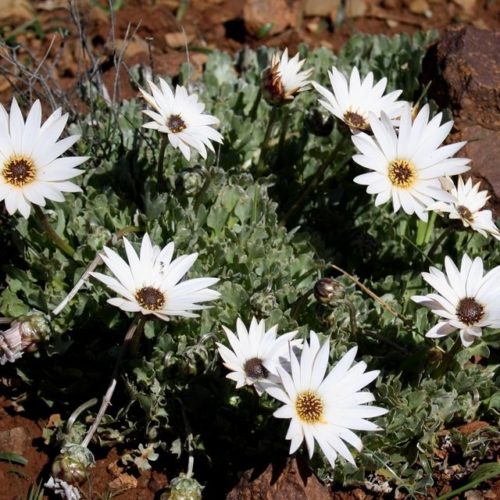
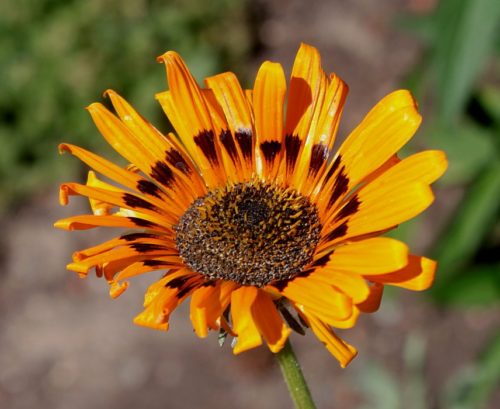
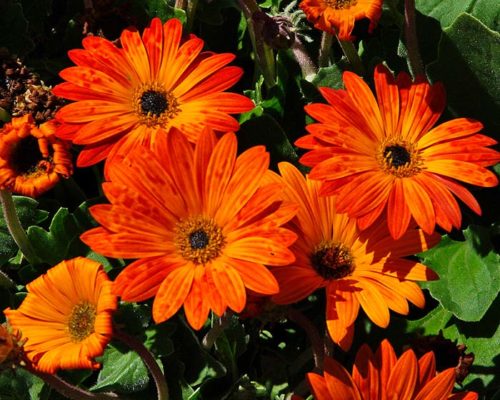
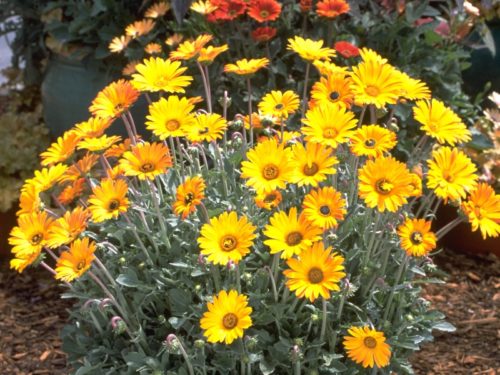
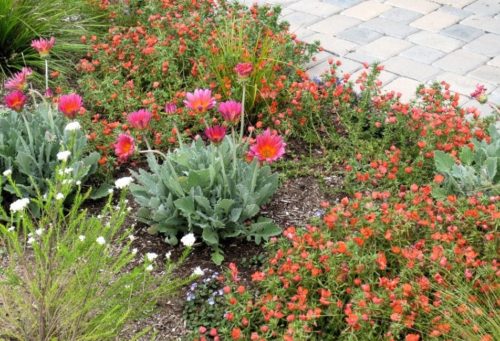
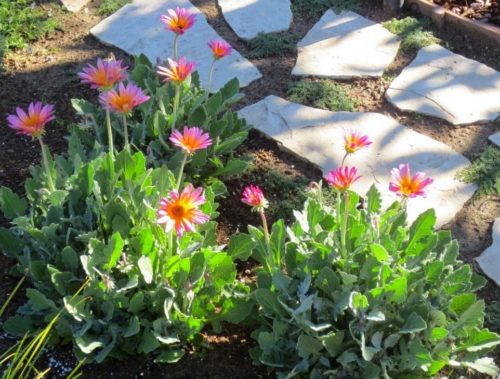
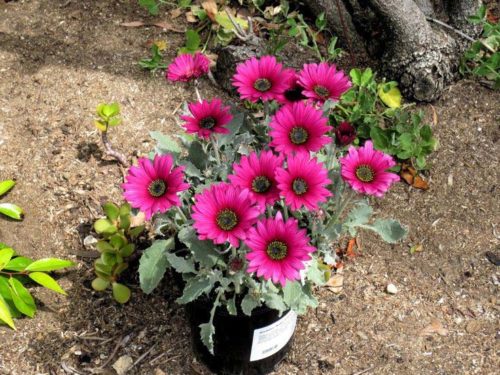












 Start a discussion ...
Start a discussion ...